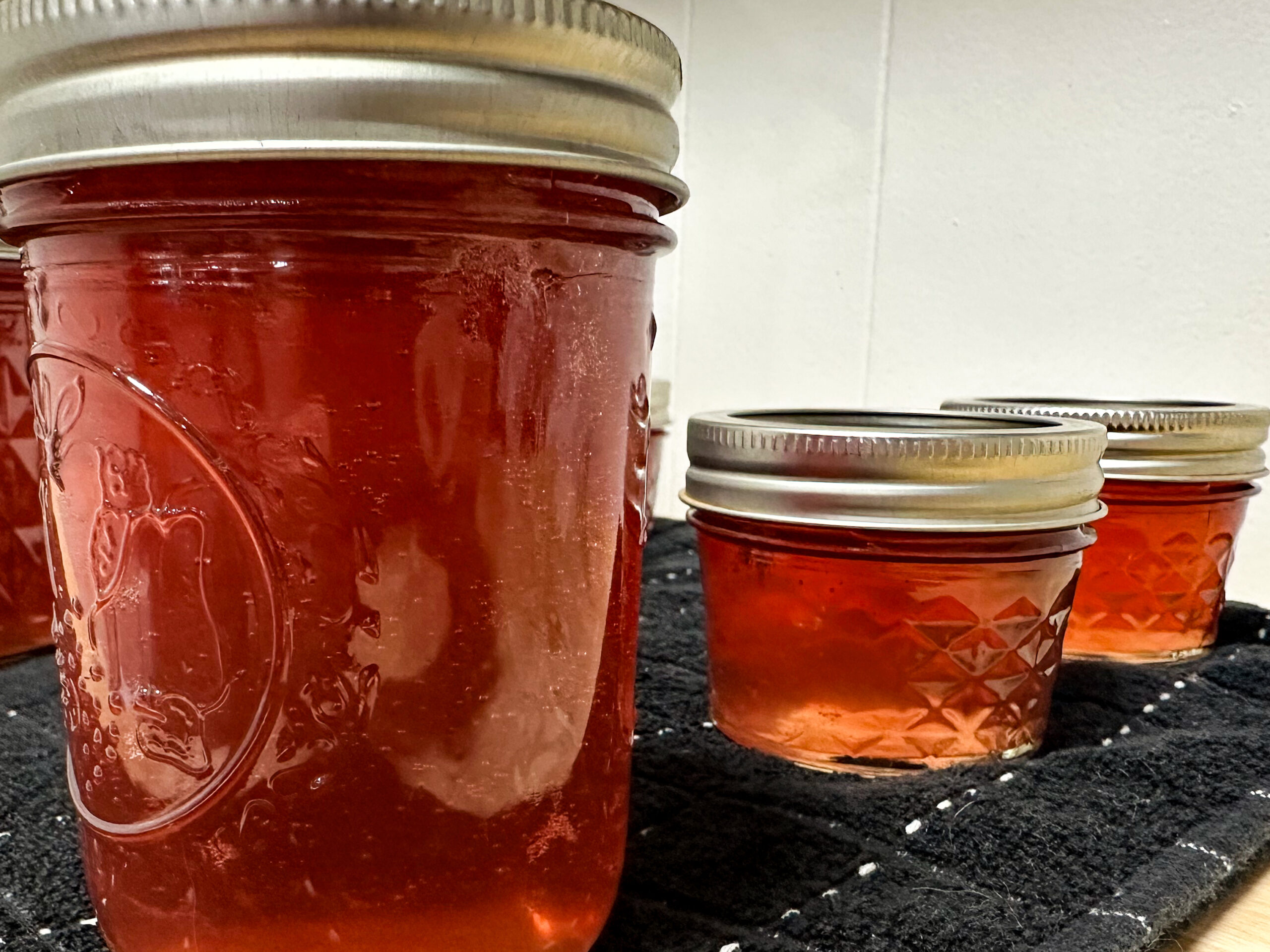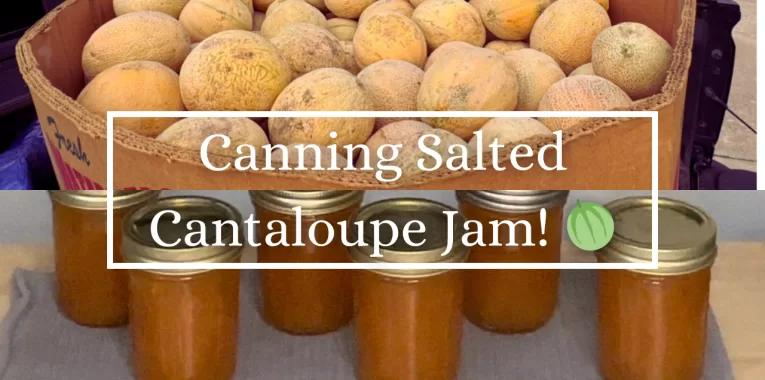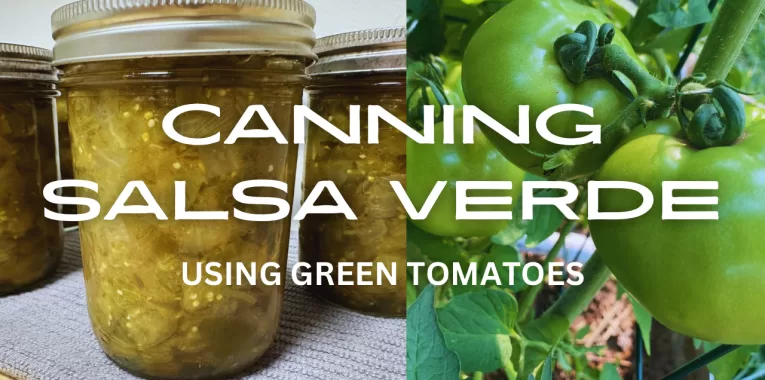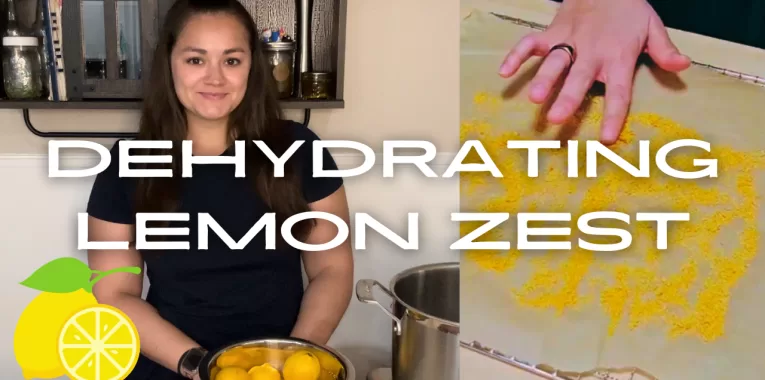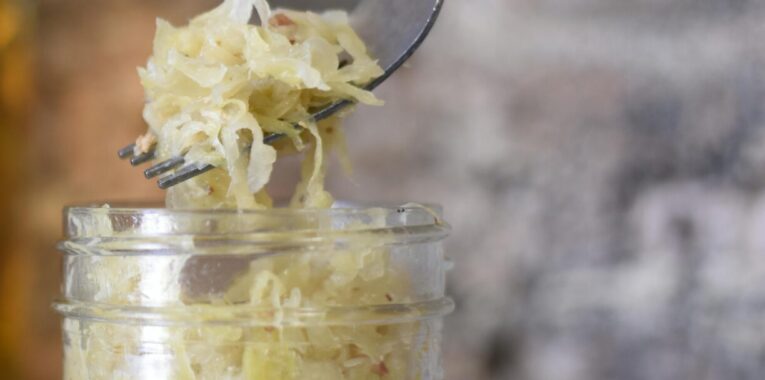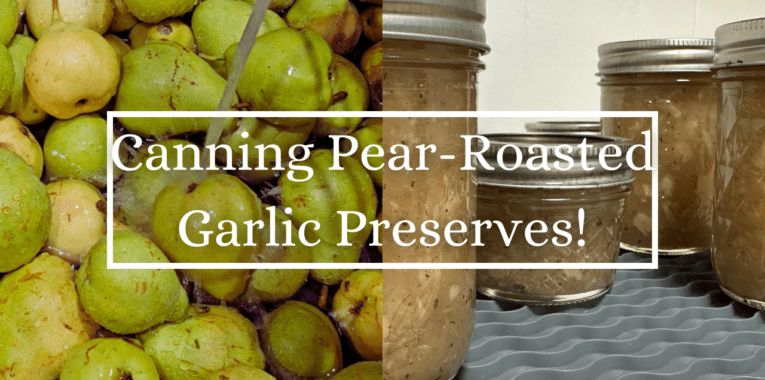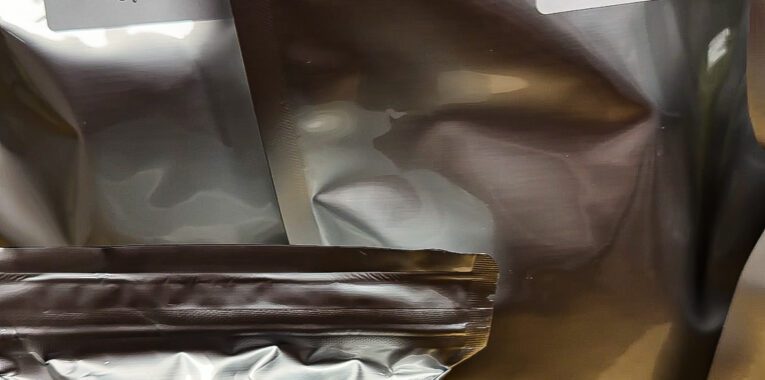Red bud trees are in bloom, and it’s time to make Red Bud Jelly! Red Bud Jelly is a beautiful pink jelly with a sweet, light, almost-grape flavor. The hardest part of making Red Bud Jelly is carefully removing the blossoms from the stems. Once you have removed the blossoms, it’s a super easy, quick canning project! Check out my video below for a visual aid.
As an Amazon Affiliate, I earn from qualifying purchases. If you purchase a product following my link, the price will not change, and I only recommend products that I use and love.
Supplies to Make Red Bud Jelly
If haven’t read my post about my favorite canning supplies, I recommend taking a look for items that will make canning this recipe easier!
I also highly recommend purchasing either a steam canner or the Ball freshTECH Electric Water Bath Canner and Multi-Cooker, if you are interested in another way to save stovetop space or if you have a glass stovetop and don’t want to put a heavy canner on top of it. I use it exclusively for anything I water bath can. The best feature of this canner is that is can easily hold 12-14 half-pint jars!
Recipe Video
How to Make Red Bud Jelly
Recipe adapted from the University of Wyoming Cooperative Extension Service Dandelion Jelly Recipe.
Instructions
- Fill a quart jar with red bud blossoms.
- Cover the red bud blossoms with 4 cups of boiling water.
- Let cool, then set in the refrigerator overnight to steep.
- The next day, strain the red bud “tea” into a large pot or Maslin jam pan.
- Bring tea to a boil.
- Add 3 tablespoons of lemon juice and 6 tablespoons (or one packet) of pectin to tea.
- Bring mixture back up to a boil, then add 4 cups of sugar.
- Bring to a boil again, stirring constantly for 1-2 minutes.
- Store jam in refrigerator or continue with canning instructions.
- Fill clean, warm jars with jelly, making sure to leave 1/4-inch headspace.
- Debubble and double-check headspace. Add more jelly, if needed.
- Clean jar rim off to ensure no jelly is on it.
- Put a clean lid on and screw on band until fingertip tight.
- Put in water bath canner.
- Fill remaining jars until mixture is gone. About 4 half-pint jars.
- Water bath process for 10 minutes, adjusting for altitude.
- Remove jars and set on towel or wooden cutting board to cool for 12-24 hours.
- Remove bands and check seals. If any jars failed to seal, store in refrigerator and use first.
- Wash jars and store without bands on.
